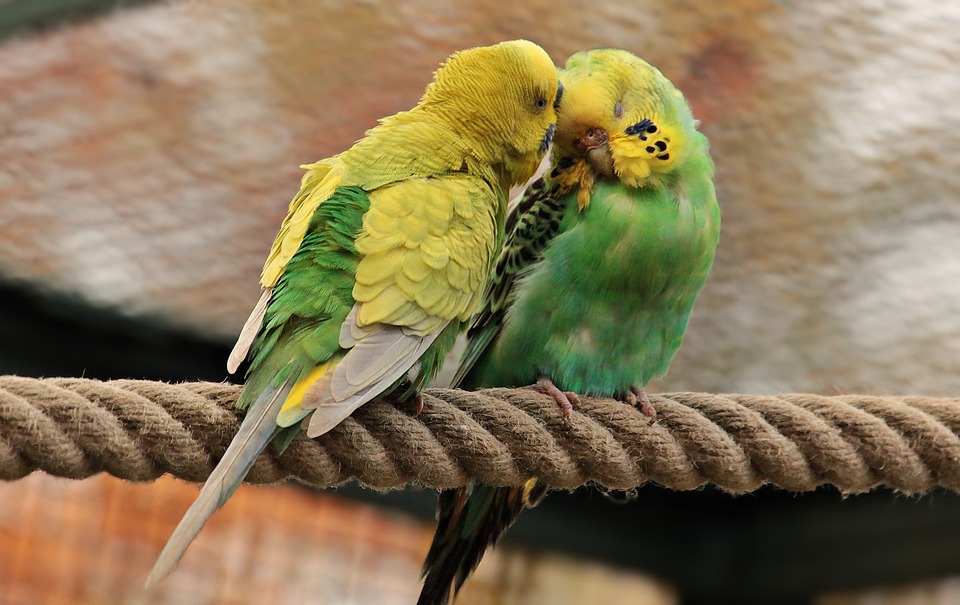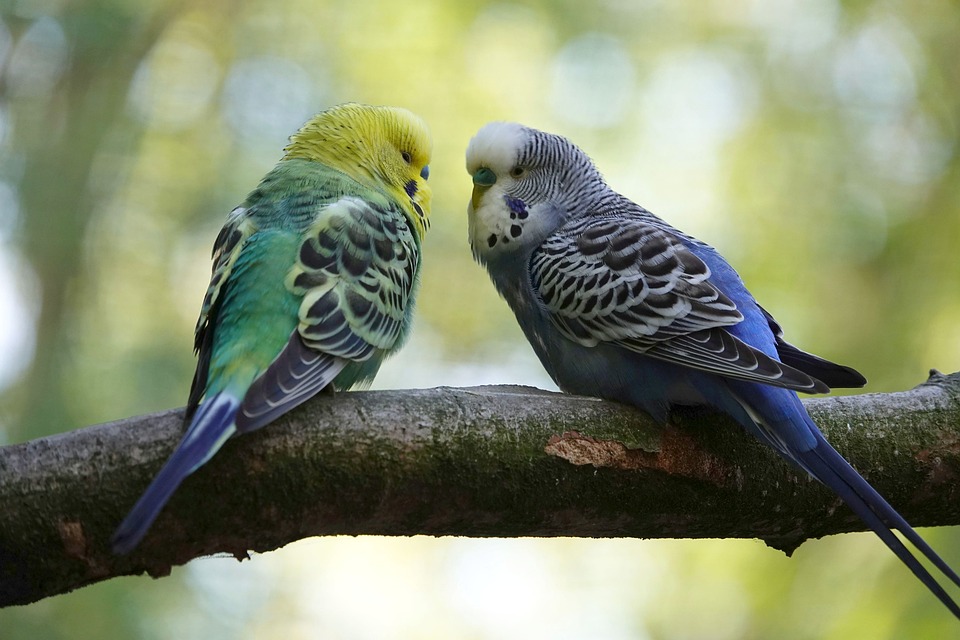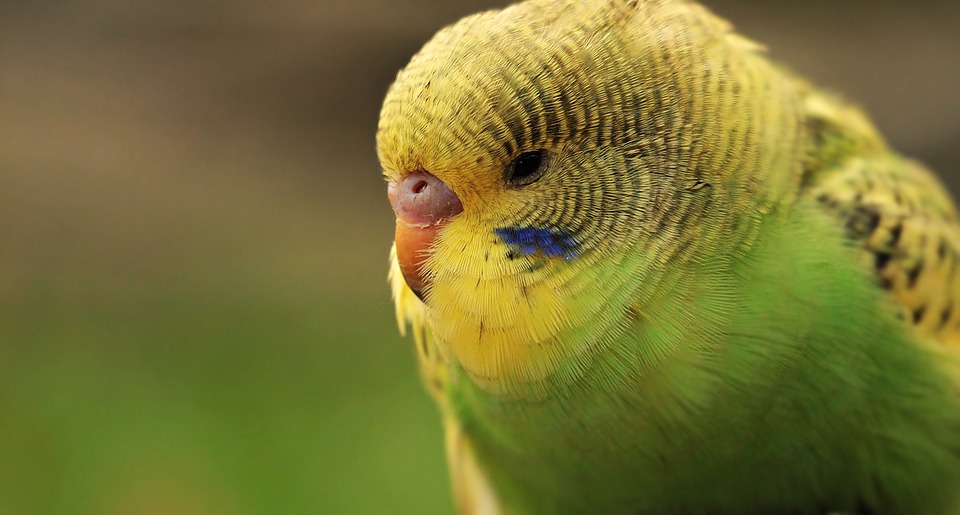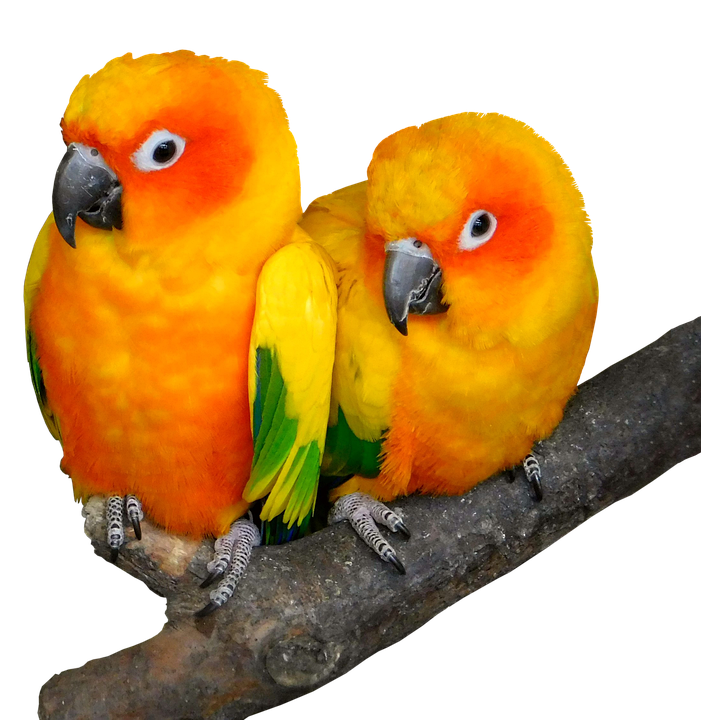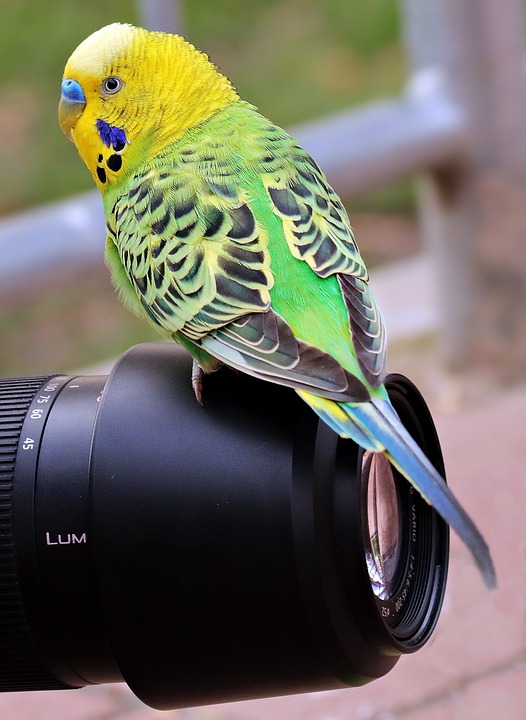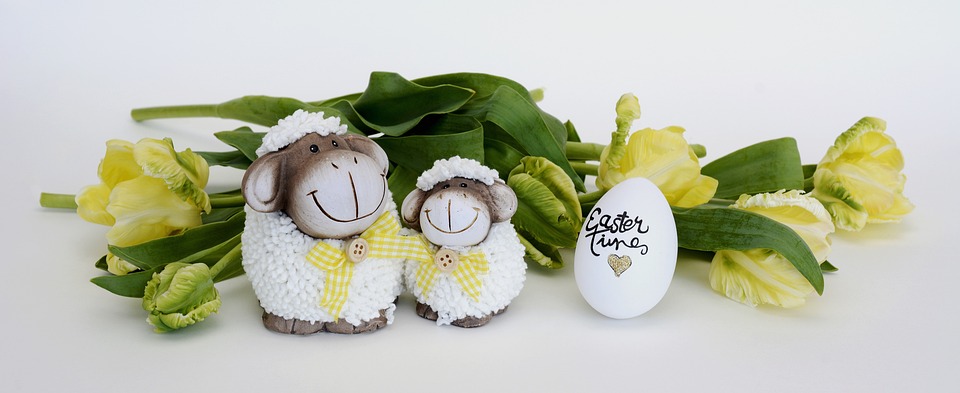Parrots are intelligent and social creatures that thrive on mental stimulation and interaction. Teaching them new tricks or behaviors not only keeps them mentally engaged but also strengthens the bond between you and your feathered friend. One of the most effective and humane ways to train parrots is through positive reinforcement. In this article, we will explore how you can use positive reinforcement to teach your parrot new tricks or behaviors, along with some frequently asked questions about parrot training.
Understanding Positive Reinforcement
Positive reinforcement is a training technique that involves rewarding your parrot for exhibiting desired behaviors. By associating these behaviors with rewards, you can encourage your parrot to repeat them. Positive reinforcement can be anything that your parrot finds rewarding, such as treats, praise, or even playtime.
Step-by-Step Guide to Using Positive Reinforcement
1. Identify the Desired Behavior: Start by determining what specific trick or behavior you want to teach your parrot. It is essential to have a clear goal in mind before you begin the training process.
2. Break It Down: Once you have identified the desired behavior, break it down into smaller, manageable steps. Teaching your parrot in incremental stages will help them understand and follow your instructions more easily.
3. Choose the Right Reward: Find out what motivates your parrot the most. Experiment with different treats, toys, or activities to determine what they find most rewarding. Remember, each parrot is unique, so it might take some trial and error to find the perfect reward.
4. Timing Is Key: Timing is crucial when it comes to positive reinforcement. The reward should be given immediately after your parrot exhibits the desired behavior. This immediate association helps reinforce the connection between the behavior and the reward.
5. Use Verbal Cues: Pair verbal cues, such as specific words or phrases, with the desired behavior. Consistently using the same cues will help your parrot understand what is expected of them.
6. Be Consistent: Consistency is vital in parrot training. Ensure that you are consistent with your rewards, cues, and training sessions. Inconsistency can confuse your parrot and hinder their progress.
7. Practice Patience: Parrot training requires patience and perseverance. Some behaviors may take longer to learn than others, so be patient and celebrate even the smallest achievements.
8. Gradually Fade Rewards: As your parrot becomes proficient in the desired behavior, gradually reduce the frequency of rewards. This helps your parrot understand that the behavior itself is inherently rewarding.
Frequently Asked Questions about Parrot Training
Q1: How long does it take to teach a parrot a new trick?
A1: The time it takes to teach a parrot a new trick varies depending on the complexity of the behavior and the individual parrot’s learning abilities. Some tricks may be learned within a few days, while others may take weeks or even months.
Q2: Can I use punishment to train my parrot?
A2: It is highly recommended to avoid punishment-based training methods with parrots. Punishment can lead to fear, stress, and aggression, damaging the trust and bond between you and your parrot. Positive reinforcement is a more effective and humane approach to parrot training.
Q3: My parrot is not motivated by treats. What should I do?
A3: If your parrot is not motivated by treats, try finding other rewards that they enjoy, such as praise, scratches, or playtime with a favorite toy. Some parrots might have unique preferences, so experiment with different rewards to find what works best for your feathered friend.
Q4: Can any parrot be trained using positive reinforcement?
A4: Yes, positive reinforcement can be used to train most parrot species. However, individual parrots may have different learning abilities and preferences. It is essential to tailor the training approach to suit your parrot’s specific needs and personality.
In conclusion, positive reinforcement is a powerful tool for teaching parrots new tricks or behaviors. By utilizing this humane training technique and following a step-by-step approach, you can unlock your parrot’s potential and create a strong bond based on trust and understanding. Remember to be patient, consistent, and always prioritize your parrot’s well-being during the training process.


